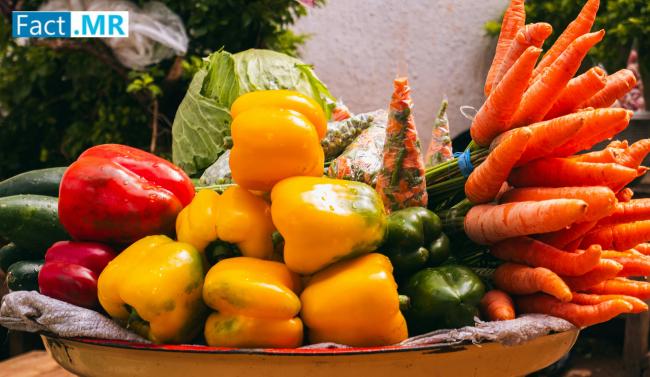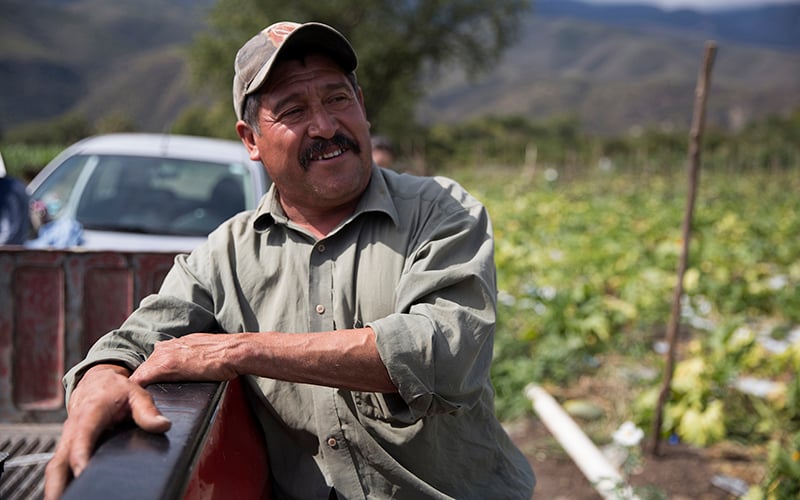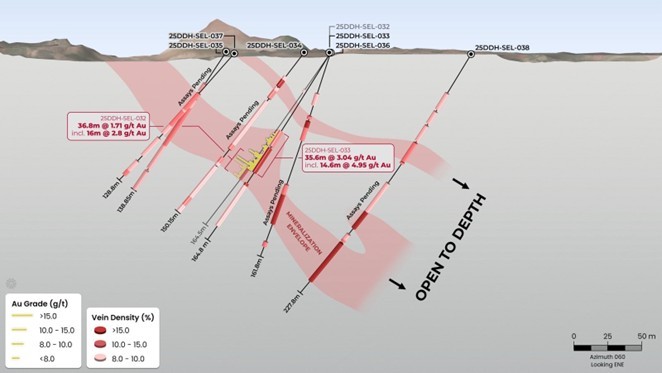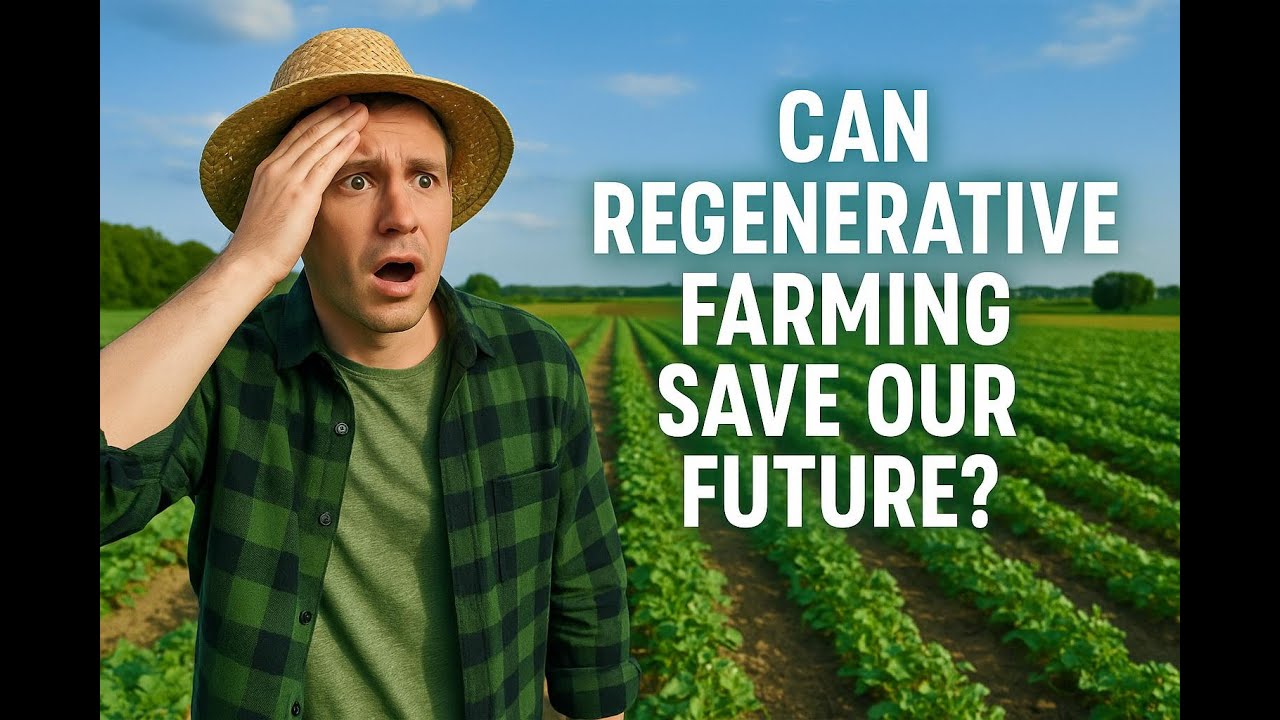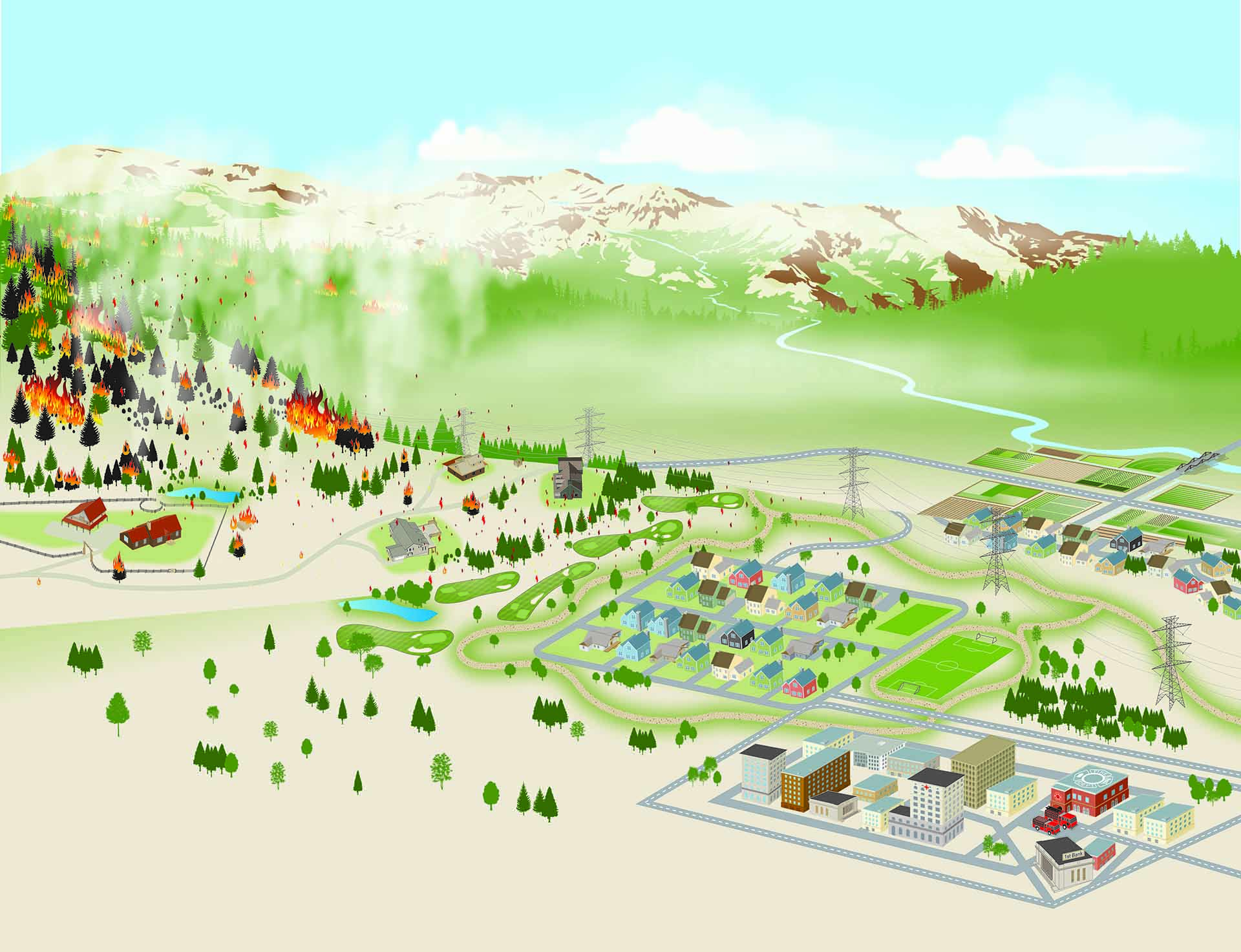Modern Food Systems and Sustainable Development Goals (SDGs)

Introduction
Modern food systems constitute complex global networks of production, processing, manufacturing, supply, retail, services, and consumption. Agriculture is the main food production sector complemented by fisheries and aquaculture. The food system includes many other sectors and actors involved in the processing, distribution, transport, and consumption of food.
Sustainable Development Goals (SDGs)
- Goal 2: Zero Hunger
- Goal 3: Good Health and Well-being
- Goal 6: Clean Water and Sanitation
- Goal 13: Climate Action
- Goal 14: Life Below Water
- Goal 15: Life on Land
Environmental Challenges and Impacts
- Agriculture is responsible for 11% of all greenhouse gas emissions in the EU.
- Agriculture contributes to the emissions of harmful air pollutants, such as ammonia.
- Agriculture, fisheries, and the food system drive biodiversity and habitat loss through land conversion, soil degradation, overfishing, water abstraction, and chemical and nutrient pollution.
Human Health and Food System Sustainability
- Human health is directly dependent on the sustainability of the food system.
- Unhealthy diets, exposure to chemical residues in food and packaging, and contamination of drinking water are examples of the critical link between human health and the food system.
Natural Resources and Climate Change
- Agricultural production and the resilience of the food system depend on natural resources and processes.
- Environmental degradation and climate change pose threats to food security, farming land, and farmers’ livelihoods.
Benefits of Agriculture and Food Systems
- Agriculture and food systems provide benefits to people and the environment.
- These benefits include the accumulation of CO2 as carbon in vegetation and soils, conservation of semi-natural habitats and wildlife species, and the promotion of efficient technologies, social innovations, and circular economy practices.
SDGs, Targets and Indicators
-
SDG 2: Zero Hunger
- Target 2.4: By 2030, ensure sustainable food production systems and implement resilient agricultural practices that increase productivity and production, that help maintain ecosystems, that strengthen capacity for adaptation to climate change, extreme weather, drought, flooding and other disasters, and that progressively improve land and soil quality.
- Indicator 2.4.1: Proportion of agricultural area under productive and sustainable agriculture
- Indicator 2.4.2: Average income of small-scale food producers, by sex and indigenous status
-
SDG 3: Good Health and Well-being
- Target 3.9: By 2030, substantially reduce the number of deaths and illnesses from hazardous chemicals and air, water, and soil pollution and contamination.
- Indicator 3.9.1: Mortality rate attributed to household and ambient air pollution
- Indicator 3.9.2: Mortality rate attributed to unsafe water, unsafe sanitation and lack of hygiene (exposure to chemical residues in food and packaging)
-
SDG 6: Clean Water and Sanitation
- Target 6.3: By 2030, improve water quality by reducing pollution, eliminating dumping and minimizing release of hazardous chemicals and materials, halving the proportion of untreated wastewater, and increasing recycling and safe reuse globally.
- Indicator 6.3.2: Proportion of bodies of water with good ambient water quality
-
SDG 13: Climate Action
- Target 13.1: Strengthen resilience and adaptive capacity to climate-related hazards and natural disasters in all countries.
- Indicator 13.1.1: Number of deaths, missing persons and directly affected persons attributed to disasters per 100,000 population
- Indicator 13.1.2: Number of countries that adopt and implement national disaster risk reduction strategies in line with the Sendai Framework for Disaster Risk Reduction 2015-2030
-
SDG 14: Life Below Water
- Target 14.4: By 2020, effectively regulate harvesting and end overfishing, illegal, unreported and unregulated fishing and destructive fishing practices and implement science-based management plans, in order to restore fish stocks in the shortest time feasible, at least to levels that can produce maximum sustainable yield as determined by their biological characteristics.
- Indicator 14.4.1: Proportion of fish stocks within biologically sustainable levels
-
SDG 15: Life on Land
- Target 15.1: By 2020, ensure the conservation, restoration, and sustainable use of terrestrial and inland freshwater ecosystems and their services, in particular forests, wetlands, mountains, and drylands, in line with obligations under international agreements.
- Indicator 15.1.1: Forest area as a proportion of total land area
- Indicator 15.1.2: Proportion of important sites for terrestrial and freshwater biodiversity that are covered by protected areas, by ecosystem type
-
SDG 17: Partnerships for the Goals
- Target 17.14: Enhance policy coherence for sustainable development.
- Indicator 17.14.1: Number of countries with mechanisms in place to enhance policy coherence of sustainable development
Behold! This splendid article springs forth from the wellspring of knowledge, shaped by a wondrous proprietary AI technology that delved into a vast ocean of data, illuminating the path towards the Sustainable Development Goals. Remember that all rights are reserved by SDG Investors LLC, empowering us to champion progress together.
Source: eea.europa.eu

Join us, as fellow seekers of change, on a transformative journey at https://sdgtalks.ai/welcome, where you can become a member and actively contribute to shaping a brighter future.

